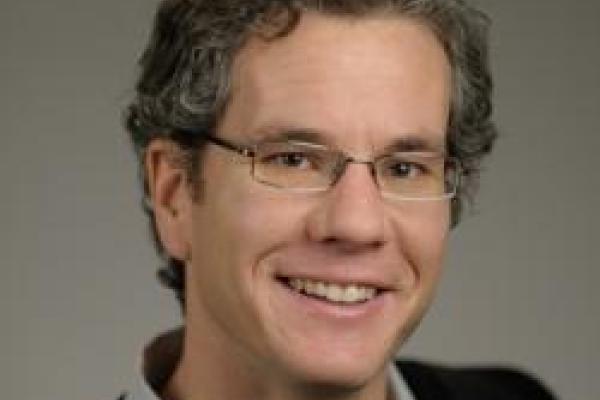
Gene expression refers to the sum of processes that enable cells to control their complement of RNA, and the study of gene expression has been spurred by genome-wide techniques such as microarrays and chromatin immunoprecipitation. Placing these data within a cellular context to reveal the underlying mechanisms of gene regulation has been a central challenge in the field of systems biology. In recent years, through parallel advances in microscopy, fluorescent probe development, and computational modeling, it has become possible to describe gene expression in a fundamentally different way: one can now directly observe single molecules of RNA in living and fixed cells using the fluorescence microscope. This direct measurement of the first steps of gene expression provides an exquisite picture of gene regulation in intact cells. Genetic networks can be viewed in their native context, with spatial resolution on the order of nanometers and time resolution on the order of milliseconds. The view that has emerged from these studies is that gene regulation is an extremely dynamic process where the random behavior of individual molecules plays an important role in determining how a cell controls expression levels. In a range of organisms it is now becoming clear that stochastic effects- 'noise' in gene expression - influences phenotype selection and disease progression. In this talk, I will describe recent results from my lab which demonstrate how transcription and splicing are dynamically regulated in vivo and how this regulation results in variability within cell populations.
